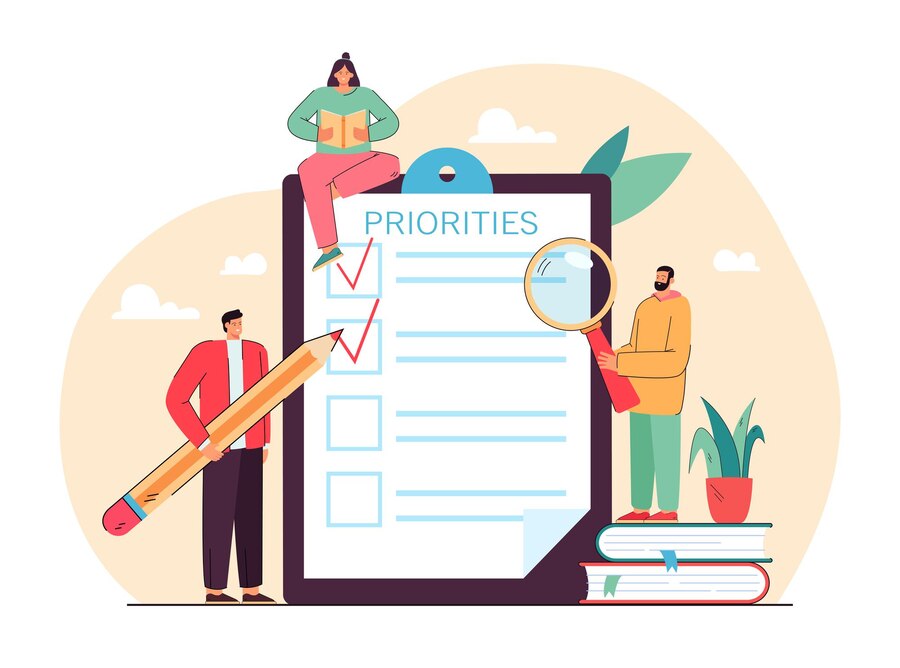
The Connection Between Social-Emotional Learning and Bullying Prevention | 5 ways SEL can make a difference
Bullying is a pervasive issue in schools and communities worldwide, impacting the lives of millions of children and adolescents. One promising approach to prevent bullying is Social-Emotional Learning (SEL). Social-emotional learning is an educational approach that focuses on teaching students the skills they need to understand and manage their emotions, build positive relationships, and make responsible decisions.
At OMN, we are committed to supporting schools in their efforts to implement SEL programs. Our online community provides a platform for students, school administrators, and counselors to access resources and engage in activities that promote SEL. OMN’s LEEP program provides an example of how to integrate SEL principles into education. LEEP (Learn, Engage, Empower, and Prepare) helps students get ready, stay on track, and transition smoothly through their educational journey.
By leveraging resources and interactive activities, programs like LEEP empower students to develop the essential skills that enhance emotional intelligence in students. In this blog, we will explore 5 ways Social-Emotional Learning can be a powerful tool in preventing bullying and creating a safer and more inclusive environment for all.
1. Fostering Empathy
Empathy is at the heart of SEL. Through SEL, children can learn about understanding and sharing the feelings of others, a quality that can help reduce bullying incidents significantly. When students learn to recognize and validate the emotions of their peers, they are less likely to engage in hurtful behavior.

SEL programs teach children to put themselves in another person’s shoes, understand their perspectives, and respond with kindness and compassion. As a result, students become more empathetic, making it less likely for them to bully others. Instead, they are more likely to support and stand up for their peers, creating a more inclusive and safe atmosphere in school.
2. Cultivating Self-Awareness
Self-awareness is another key component of SEL. It involves recognizing one’s emotions, strengths, weaknesses, and the impact of one’s actions on others. SEL programs help students develop a strong sense of self-awareness, which can be a powerful tool in bullying prevention.

When students are self-aware, they are better equipped to regulate their emotions and reactions. They can identify when they are upset or frustrated and take proactive steps to manage those feelings constructively. This self-regulation reduces the likelihood of impulsive, hurtful behavior often associated with bullying.
3. Communication and Relationship Building
SEL programs also emphasize effective communication and relationship building. These skills are essential for creating a positive and respectful school culture. When students are able to openly express their feelings or issues, it reduces the possibility of conflicts among them which could have led to a bullying situation.

Furthermore, SEL teaches students how to build and maintain healthy relationships based on trust and empathy. Skills that students learn from SEL help to create a sense of belongingness, and acceptance which can ultimately reduce isolation.
4. Emotional Regulation
One of the core areas of SEL is the regulation of emotions. This skill teaches students how to manage their emotions effectively. When children and adolescents learn to control their anger, frustration, and other intense emotions, they are less likely to lash out at others in a bullying manner.

SEL equips students with strategies to cope with stress and negative emotions in healthy ways. This can significantly reduce the instances of impulsive or aggressive behavior that contribute to bullying incidents.
5. Problem-Solving Skills
SEL programs also teach problem-solving skills, which are essential for resolving conflicts peacefully. When students are able to solve their problems using effective SEL techniques, they are less likely to bully others to handle disputes.

SEL empowers students by encouraging them to analyze situations, consider alternatives, and communicate about their needs and concerns. Likewise, SEL helps them to opt for constructive solutions to conflicts, preventing bullying from escalating.
In conclusion, Social-Emotional Learning is not just about academic success, but also about nurturing the child by equipping them with the skills and mindset needed to prevent bullying and fostering a culture of empathy and inclusion. Through SEL, we can take significant steps toward creating safer and more harmonious communities for our children to thrive. With empathy, self-awareness, and effective communication as their tools, students can thrive in a bully-free environment, making the world a better place for everyone.
To explore more about how OMN and LEEP are making a difference through SEL, click here to learn more. Your journey to success starts here, with programs that innovate and educate, empowering students for the future.





Responses